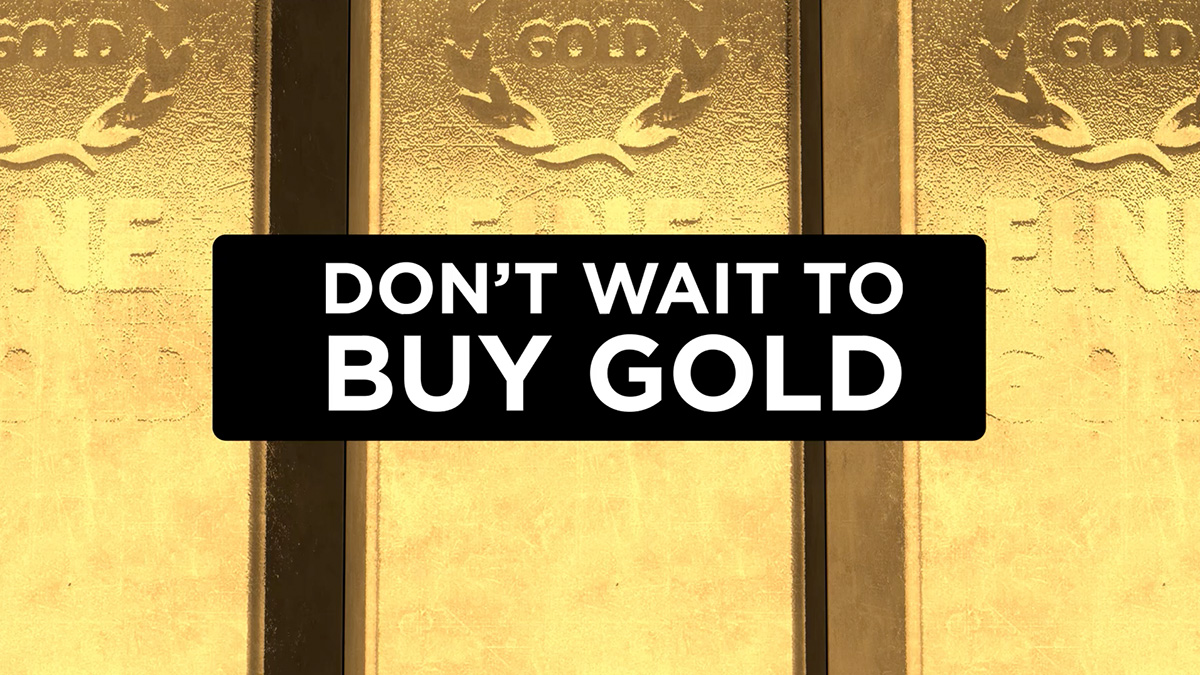“Now, governments have the ability to bail-in banks using the depositors’ money. We’re no longer depositors. We’re now unsecured creditors when we put money in the bank.”— Precious Metals Advisor Steve Rand
Volatility is hitting new highs around the world as global markets are reeling from the perfect storm of economic downturn, raging inflation, and all-out war. In the midst of all this uncertainty, investors are questioning how safe their money is tied up in banks.
Watch the video to hear what Precious Metals Advisors Joe Elkjer and Steve Rand have to share about the growing concern about the banking system, the ongoing economic volatility, and how these factors impact the precious metals market.
Growing fears over the security of banking systems
The feeble economic situation already had investors wondering how safe their money was in the bank. These fears have only been exacerbated recently as the Canadian government took unprecedented steps to freeze hundreds of bank accounts.
With nearly 95% of American households1 storing money in a bank account, nearly everyone is vulnerable to the inherent risks of the banking system. A quick review of not-so-distant history can shed some light on this growing concern.
Bank bail-ins vs bail-outs
In 2008, the infamous phrase “too big to fail” was the rallying cry behind the controversial decision to bail out major banks to the tune of $700 billion. Taxpayers were furious that their hard-earned dollars were used to artificially keep big business afloat while the average American was left to fend for themselves.
A few years later, Congress passed the Dodd-Frank act in an effort to prevent bail-outs from happening again. Unsurprisingly, the government immediately found a loophole to exploit. Instead of relying on taxpayer dollars, there’s now the possibility of using the money of depositors through a process known as bank bail-ins.
This legalized fleecing gives the banks the authority to take money directly from depositor accounts without permission to bolster a struggling bank. This essentially makes us unsecured creditors instead of depositors. With the banking system struggling as the economy sinks, investors are justifiable in wondering if their money is truly secure.
👉 Suggested Reading: Bank Bail-Ins: The Sneaky Legislation That Puts You On The Hook for Failing Banks
How will volatility and turmoil impact the metals market?
Unstable market conditions are here to stay for the foreseeable future. Volatility and turmoil have become mainstays and only seem to increase as the year continues. The war in Ukraine is escalating, potential cyberattacks from Russia are looming, and the Chinese-Taiwan timebomb is ticking all while the economy is already in fits.
When turbulence reaches these extremes, investors flock to safe-havens. For millennia, gold has offered investors reliable protection against inflation and economic uncertainty. Experts are anticipating gold prices to hit anywhere between $2,200 and $2,400/oz in the mid-term as people around the globe pour their assets into precious metals for increased security.
Don’t wait to buy gold, buy gold and wait

News headlines might change as different crises occur, but this shouldn’t distract investors from the real driver of economic downturn: inflation. As inflation continues to rise, the value of gold will rise in reaction. With economists anticipating inflation to stick around for years, gold is looking like a good investment.
Now is the time to start making smart financial moves to protect yourself from economic volatility and global turmoil. Gold has been pushing higher, but it’s anticipated to make even bigger moves as inflation worsens. Nobody can predict when these jumps happen, so it’s best to buy gold and wait instead of waiting to buy gold.
Learn more about investing in precious metals by requesting a FREE COPY of our popular Gold & Silver Investment Guide.



